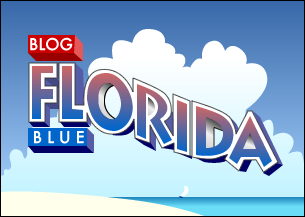challenging the major-party contenders to spell out their plans for forming a "government of national unity" to end the gridlock in Washington.Well, I have an answer to partisan gridlock, and it ain't a "government of national unity".
Follow me below the fold for the surprisingly simple answer...
The answer to partisan gridlock is pretty simple, really. Here it is:
ELECT MORE DEMOCRATS!It's really not any more complicated than that. The Republicans certainly have not been looking to take the bipartisan road to solving our nation's problems. Consider this from the New York Times:
Now Republicans are in the minority, and they have been using skills honed while they were in charge, throwing up procedural roadblocks, forcing vulnerable Democrats to take difficult votes and just generally harrying members of the majoritydoes that sound bipartisan to you?
Matt Stoller also does a good job illustrating
what this bipartisanship is really about is undermining the public's ability to participate in policy-making.Matt uses the famous 2003 $87 billion Iraq supplemental vote to make his point. Even though the public overwhelmingly opposed this funding, Congress , in a show of bipartisanship, passed this measure with huge, bipartisan majorities. This despite the fact that the public opposed the measure by a margin of 64% to 34% - 30 points!
In March of this year, The Pew Research Center for the People and the Press released Trends in Political Values and Core Attitudes: 1987-2007. The subheading for this report:
Political Landscape More Favorable To DemocratsOn issue after issue, the trend of the American electorate is more and more progressive. This caused the good folks at Pew to write:
Increased public support for the social safety net, signs of growing public concern about income inequality, and a diminished appetite for assertive national security policies have improved the political landscape for the Democrats as the 2008 presidential campaign gets underway.The American electorate wants the government to work to solve the problems that face our country today. And they see progressive solutions as the way to to this. In order to give the American people what they want, we need more Dems in Congress and particularly in the Senate where it has become necessary to get 60 votes to move legislation forward. And we need a Democratic President to sign progressive legislative solutions into law instead of vetoing them.
Even more striking than the changes in some core political and social values is the dramatic shift in party identification that has occurred during the past five years... Today, half of the public (50%) either identifies as a Democrat or says they lean to the Democratic Party, compared with 35% who align with the GOP.
To undo the damage that George W Bush and the Roadblock Republicans have done to this country, we don't need bipartisanship. We need more Democrats.
And when we give the Democrats the ball, they are going to need to run with it!



No comments:
Post a Comment